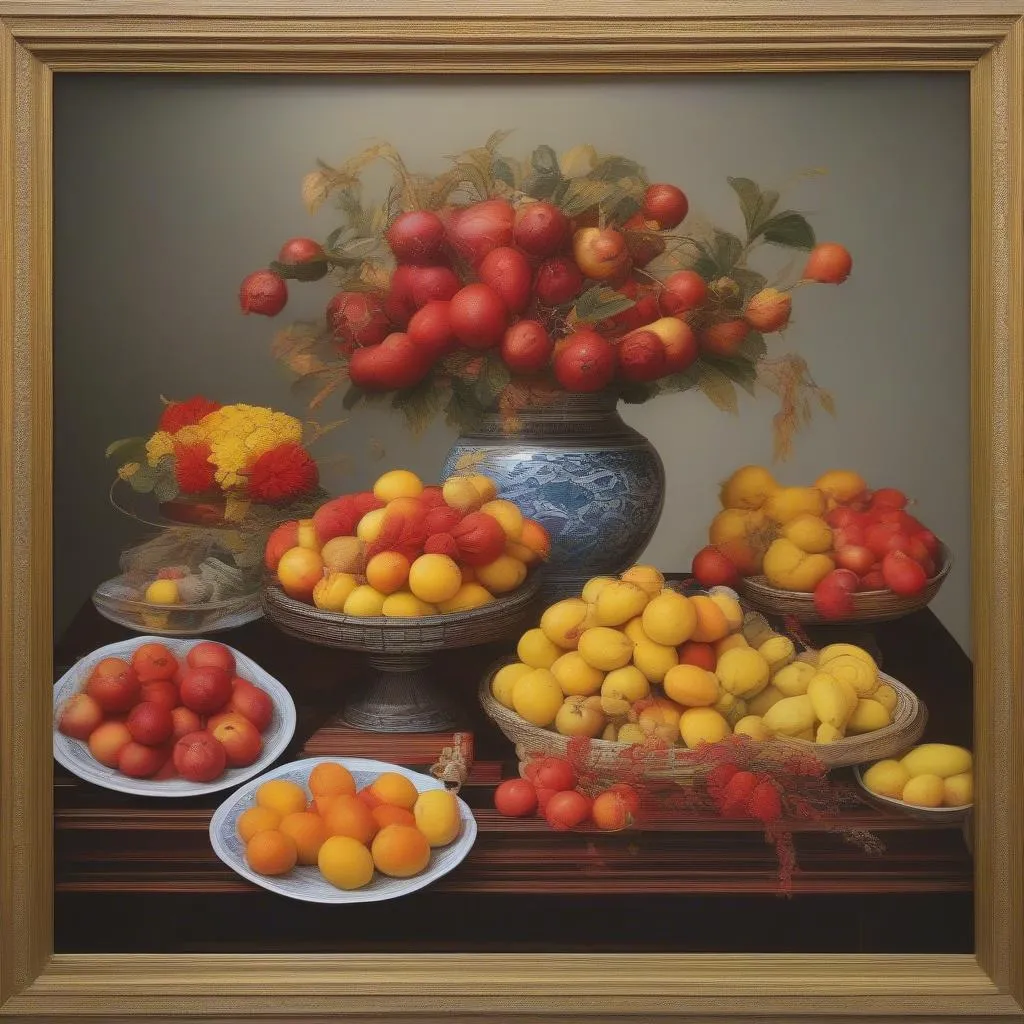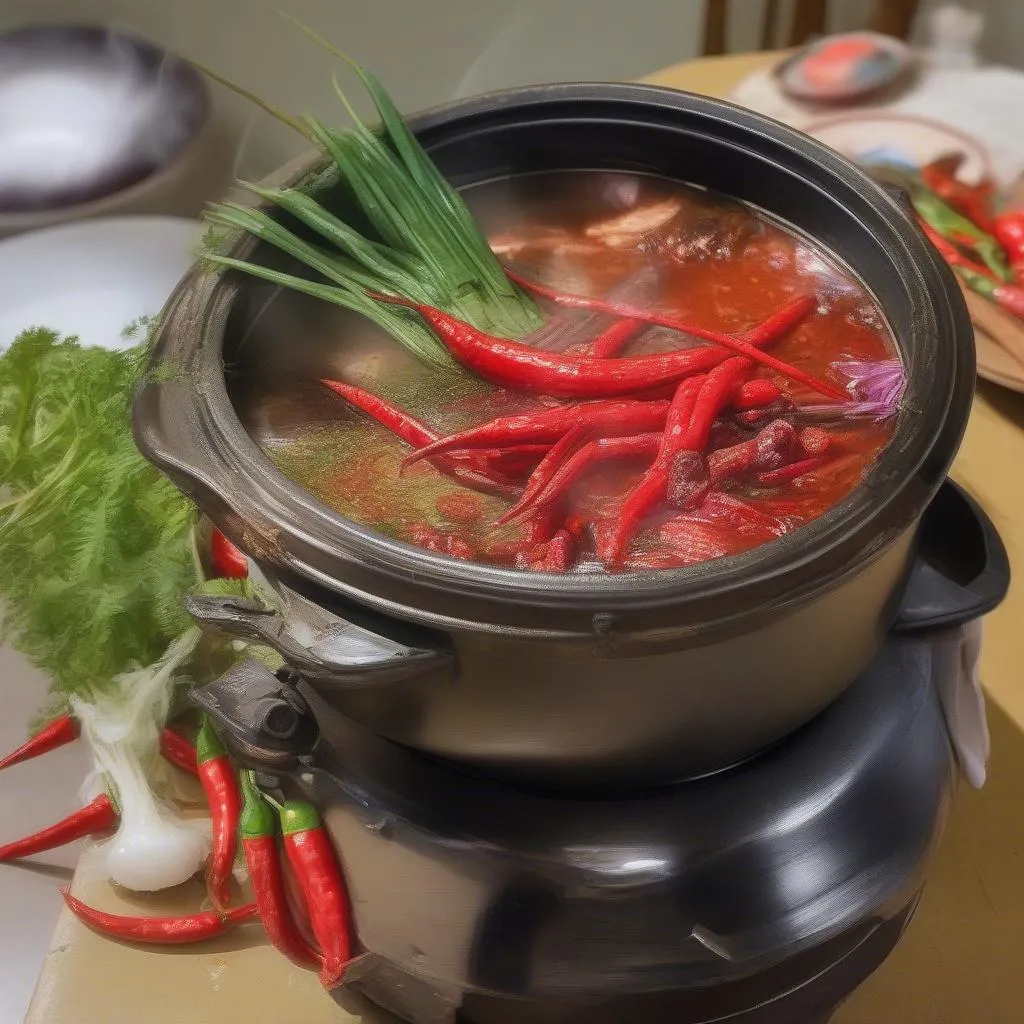Navigating the intricacies of cultural traditions can be a sensitive topic, especially during times of mourning. In Vietnamese culture, the passing of a loved one is met with specific rituals and customs, including dietary restrictions. While these customs might seem unusual to outsiders, they hold deep-rooted meaning and significance for the bereaved family and the community.
Let’s delve into understanding the “why” behind these practices and explore some of the foods considered taboo during this period of remembrance and respect.
The Significance of Food Restrictions in Vietnamese Mourning
Food, beyond its basic sustenance, holds a strong symbolic presence in Vietnamese culture. It’s a cornerstone of social gatherings, celebrations, and even times of grief. During the mourning period, which can last up to 49 days, abstaining from certain foods is believed to demonstrate respect for the deceased and provide solace to their spirit.
These dietary restrictions aren’t merely about deprivation; they’re viewed as acts of sacrifice and empathy. The underlying belief is that by partaking in these customs, the living can accompany the deceased on their spiritual journey and ease their transition into the afterlife.
Foods to Avoid: A Glimpse into Tradition
The foods considered taboo during Vietnamese mourning rituals often symbolize joy, celebration, or have characteristics associated with negative connotations in the context of death.
1. Red and Yellow Foods: A Symbol of Happiness on Hold
 Red and Yellow Fruits on a Table
Red and Yellow Fruits on a Table
Bright colors, especially red and yellow, represent happiness and prosperity in Vietnamese culture. During the mourning period, these vibrant hues are avoided as a mark of respect for the somber occasion. This means refraining from foods like red meat, watermelon, mangoes, and pineapples.
The restriction extends to even celebratory dishes like Xôi Gấc (sticky rice with gac fruit), traditionally reserved for joyous events. This practice signifies that the family is setting aside joyous celebrations while they focus on honoring their loved one’s memory.
2. Spicy Foods: A Temporary Farewell to Heat
 Vietnamese Hot Pot with Chilies
Vietnamese Hot Pot with Chilies
Spicy foods, while beloved in Vietnamese cuisine, are also temporarily avoided during mourning. The belief is that consuming spicy dishes can disrupt the deceased’s peaceful transition into the afterlife. It’s a way of demonstrating care and consideration for the departed soul’s journey.
This practice also encourages the bereaved family to focus on simpler, milder flavors during this sensitive time, allowing them to process their grief without sensory distractions.
3. “Happy” Animals: A Pause on Celebration
Certain animals, like chicken and duck, are often associated with celebratory feasts in Vietnamese culture. During the mourning period, consuming these animals is seen as disrespectful to the deceased. This practice reinforces the temporary shift away from joyful celebrations as the family navigates their grief.
Respecting Traditions, Honoring Memory
Understanding the cultural significance behind these dietary restrictions offers a glimpse into the depth of Vietnamese traditions surrounding death and mourning. While these customs may vary slightly between families and regions, the underlying sentiment remains the same: to pay respects to the deceased, offer solace to their spirit, and support the grieving family.
Remember, cultural sensitivity and respect are paramount when navigating these traditions. By approaching these customs with an open mind and a willingness to learn, we can gain a deeper appreciation for the rich tapestry of beliefs that shape our world.